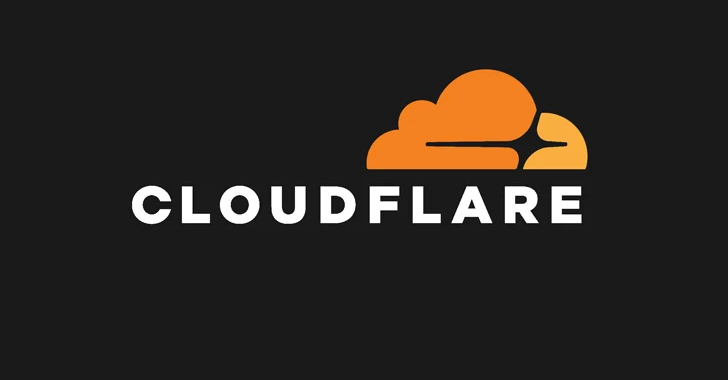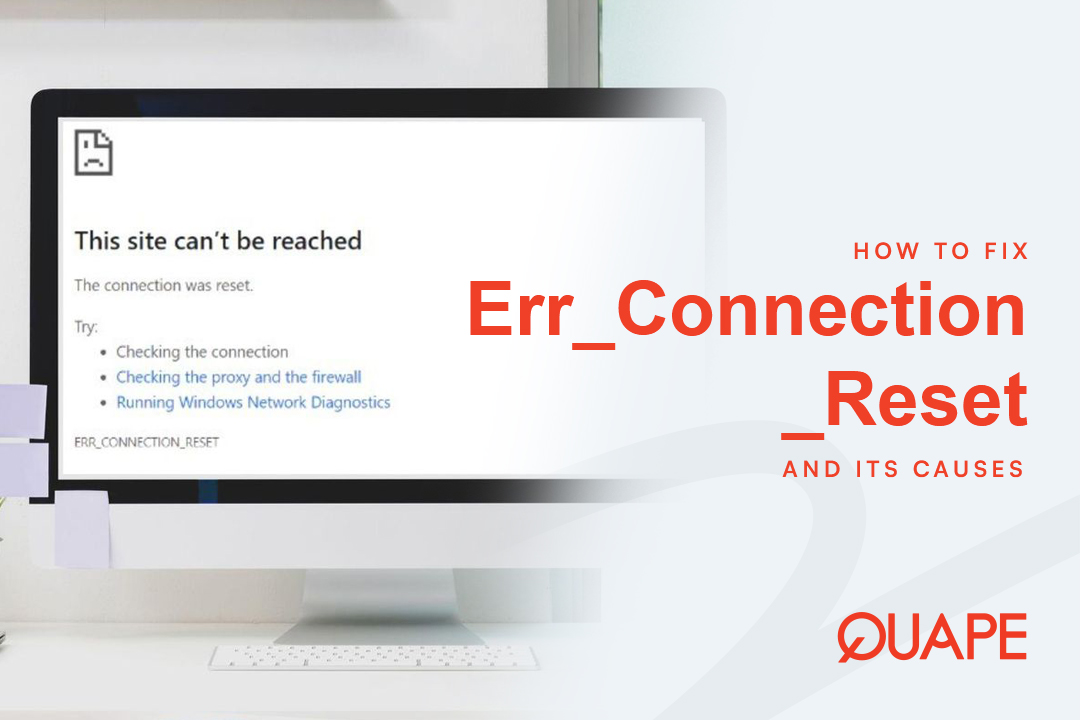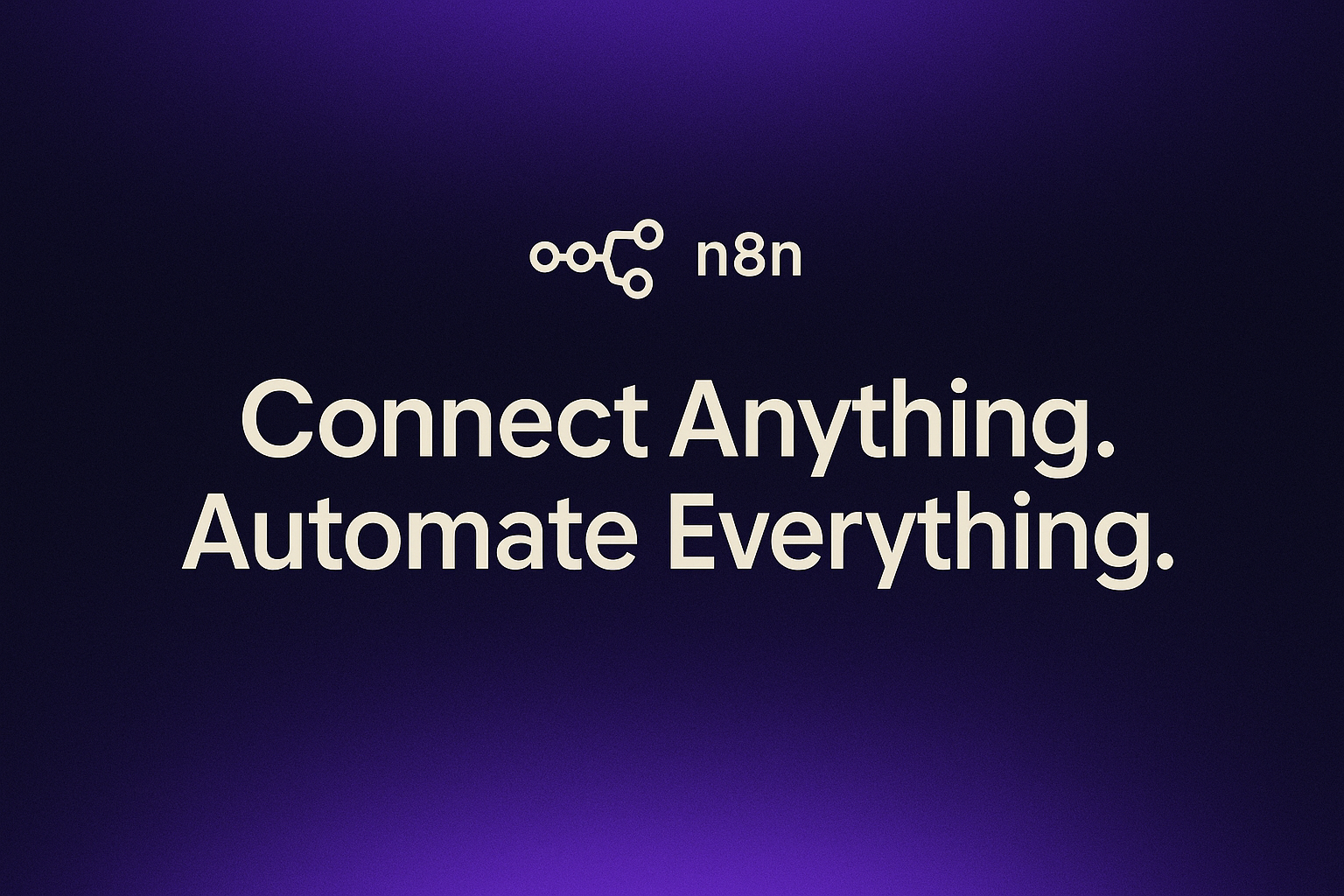一个 内容管理系统(CMS) 是一个软件应用程序或一组相关程序,用于 创建、管理和修改数字内容 在一个网站上。
简单来说,CMS 是允许您构建、运行和维护现代网站的引擎 无需编写代码 (如 HTML、CSS 或 JavaScript)适用于每个页面。
每次你想发布新文章或更改照片时,无需 Web 开发人员通过 FTP 手动上传和编辑文件,CMS 可以为你提供 用户友好的仪表板 在这里你可以自己做所有事情。
目录
切换CMS 解决的问题
在互联网的早期,每个网页都是一个静态 HTML 文件。如果你想更改一个 100 页网站上某个页面的标题,就必须手动编辑 100 个单独的文件。
CMS 消除了这个复杂、重复的过程,通过分离您的 内容 (文本、图片和数据)来自您的网站 设计 (主题、结构和代码)。
CMS 的两个核心组件
功能性 CMS 从根本上分为两个主要部分,它们在后台协同工作:
1.内容管理应用程序(CMA)
CMA 是 CMS 的一部分, 你与。它是专为非技术用户设计的面向用户界面。
- 功能: 它允许您创建、编辑、删除和发布内容。
- 例子: 当您登录 WordPress 仪表板 并使用可视化编辑器撰写博客文章,您正在使用 CMA。在这里您可以上传媒体、组织文件并管理用户角色。
2.内容交付应用程序(CDA)
CDA 是后端组件,负责接收您创建的内容并将其公开。您无法直接与 CDA 交互。
- 功能: 它从数据库中提取内容,将其与所选的设计模板(主题)相结合,并将完成的、可读的网页提供给访问者的浏览器。
- 过程: 这一步实际上将您输入的内容转换为用户访问您的网站时看到的美观、有风格的页面。
内容管理系统的工作原理:4步工作流程
了解 CMS 工作流程涉及了解网站的三个关键层:数据库、核心文件和用户界面。
步骤 1:内容创建和存储(CMA 实际应用)
当您(用户)在仪表板中撰写新博客文章时:
- 这 CMA 记录所有信息:您的标题、正文、发布日期、作者、类别和标签。
- 这些原始数据安全地存储在中央 数据库 (通常是 MySQL)。 至关重要的是,数据库只保存内容,而不保存设计。
第 2 步:访客请求
用户输入您的网站网址(您的域名.com) 到浏览器中并按 Enter。
步骤 3:组装和交付(CDA 实际操作)
奇迹几乎就在此时发生:
- 这 慢性肾脏病协会 拦截该请求。
- 它接触 数据库 并检索特定文章内容(文本、图像 URL 等)。
- 同时,它检索网站的 主题文件 (模板、CSS 和 HTML 结构)。
- CDA 动态 合并 将内容和设计整合到一个完整的 HTML 页面中。
步骤4:在浏览器上显示
完整组装的 HTML 页面被发送到访问者的浏览器,浏览器将其呈现为他们阅读的最终的、视觉上吸引人的网页。
整个过程——从 CMA 中的内容创建到通过 CDA 交付——只需几分之一秒即可完成,从而可以快速扩展和管理全球数百万个网站。
内容管理系统的流行示例
虽然存在数百个 CMS 平台,但有些平台由于其灵活性、社区支持和强大的功能而占据市场主导地位。
| CMS平台 | 主要焦点 | 主要特点 |
|---|---|---|
| WordPress | 博客、商业网站、电子商务(使用 WooCommerce) | 最高的市场份额,庞大的插件库,易于设置。 |
| Drupal | 大型企业应用,复杂数据处理 | 对于高级开发人员来说,它具有高度的稳健性、安全性和可定制性。 |
| Joomla! | 社交网络、复杂门户网站、企业网站 | 功能强大、使用方便、结构灵活,平衡性好。 |
| Shopify | 电子商务 | 专为在线商店提供的一体化托管解决方案。 |
| Wix / Squarespace | 初学者网站、作品集网站 | 托管、拖放式网站构建器(比自托管选项的控制力较弱)。 |
如果您希望快速启动网站并利用 WordPress 等 CMS 的强大功能,那么最重要的一步就是选择可靠的 托管。像 Quape 这样的托管服务提供商提供无缝的一键安装工具,让您可以跳过复杂的设置并直接管理您的内容!
您是否正在考虑迁移到特定的 CMS,或者您只是在寻找启动您的第一个网站的最佳选择?
- 如何修复 Err_Connection_Reset 错误及其原因 - 2025 年 11 月 12 日
- 什么是 Apache?初学者简易指南 - 2025 年 10 月 27 日
- Nginx 是什么?初学者简易指南 - 2025 年 10 月 27 日




